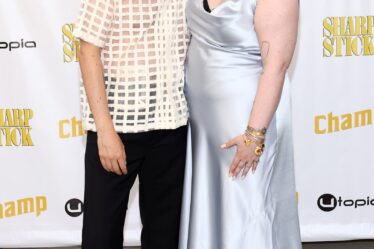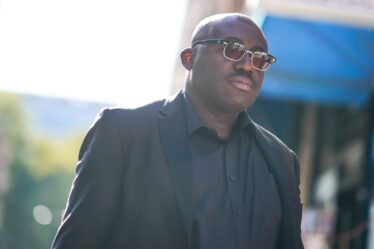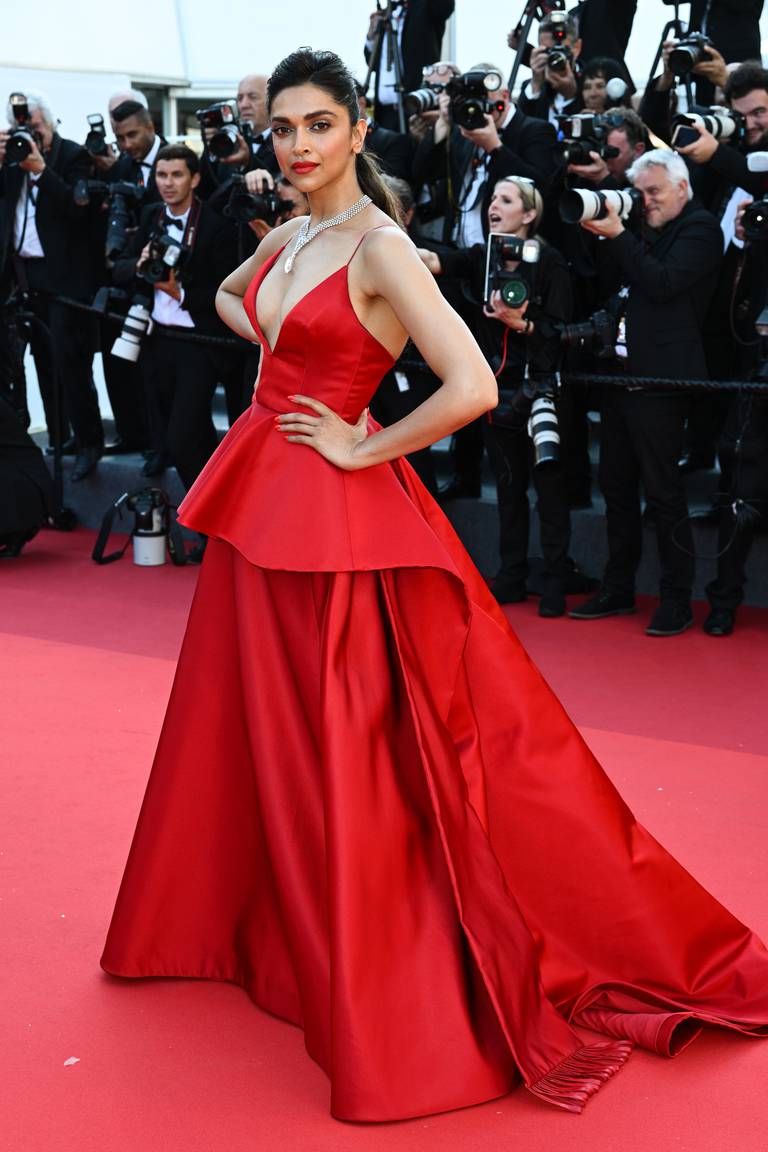
When Louis Vuitton celebrity ambassadors Jennifer Connelly, Léa Seydoux and Alicia Vikander appeared at the Cannes Film Festival in May, one of the year’s most important marketing moments for global luxury brands, hundreds of photographers captured their every move — and outfit. But the brand’s biggest red carpet bang in Cannes came from its first global ambassador from India, Deepika Padukone.
The Bollywood star accounted for seven of Vuitton’s top ten Instagram posts and more than 25 percent of the $20.2 million in earned media value (EMV) generated for the brand during the 12-day festival, according to data analytics and marketing agency Launchmetrics. A single Instagram post featuring Padukone on the third day of the festival in a floor-sweeping red Louis Vuitton gown garnered more than two million likes and generated more than $1 million in EMV for the brand.
Though she remains relatively unknown in the West, Padukone is the most popular actress in India’s wildly popular Hindi film industry, ranking at the top of an India Today poll for the seventh year in a row. Across the wider South Asia region — stretching from Afghanistan and Pakistan to Bangladesh and Sri Lanka — and among the Indian diaspora of 25 to 30 million people living in the US, Canada, UK and Australia, and in the Middle East, Africa and Southeast Asia, Padukone is a household name and an instantly recognisable face. Together, the global South Asian community represents roughly two billion people — about 25 percent of the global population.
In the last 18 months, Padukone, who was first added to the BoF 500 in 2019, has cemented her status as India’s most powerful global fashion ambassador in a flurry of brand endorsement deals. First there was Levi’s Strauss and Adidas, then Louis Vuitton, and now, Cartier in rapid succession.
“Cartier is committed to creating meaningful authentic links with extraordinary talented individuals,” says Arnaud Carrez, chief marketing officer of Cartier, who revealed Padukone’s new global ambassador role in BoF yesterday. “Deepika Padukone is a multilayered actress, creative and philanthropist with an open-minded, outspoken nature which has made her resonant beyond any borders.”
Who is Deepika Padukone?
The daughter of Ujjala Padukone and Prakash Padukone, a former world number one badminton champion, it was perhaps to be expected that Deepika would take up the sport too. Growing up as a self-described awkward teenager in the southern Indian city of Bengaluru (formerly Bangalore), her focus on the court would take her to play badminton at the national level in India.
“I went to a typical convent school where we didn’t have very many extracurricular activities. And so, you come back from school, you grab a snack and then go to the club,” she says during a lively ninety-minute video call from Mumbai. “And even before I knew it, I’d started playing professional badminton.”
Padukone left home and moved to Mumbai at the age of 16 and spent two and half years walking the runways for Indian fashion designers and fronting advertisements for consumer brands like Liril soap and Closeup toothpaste. “Being a model was my dream,” she says. “I always had this clarity as a young girl that when I grow up this is what I want to do. So much so that I didn’t even take my studies seriously.”
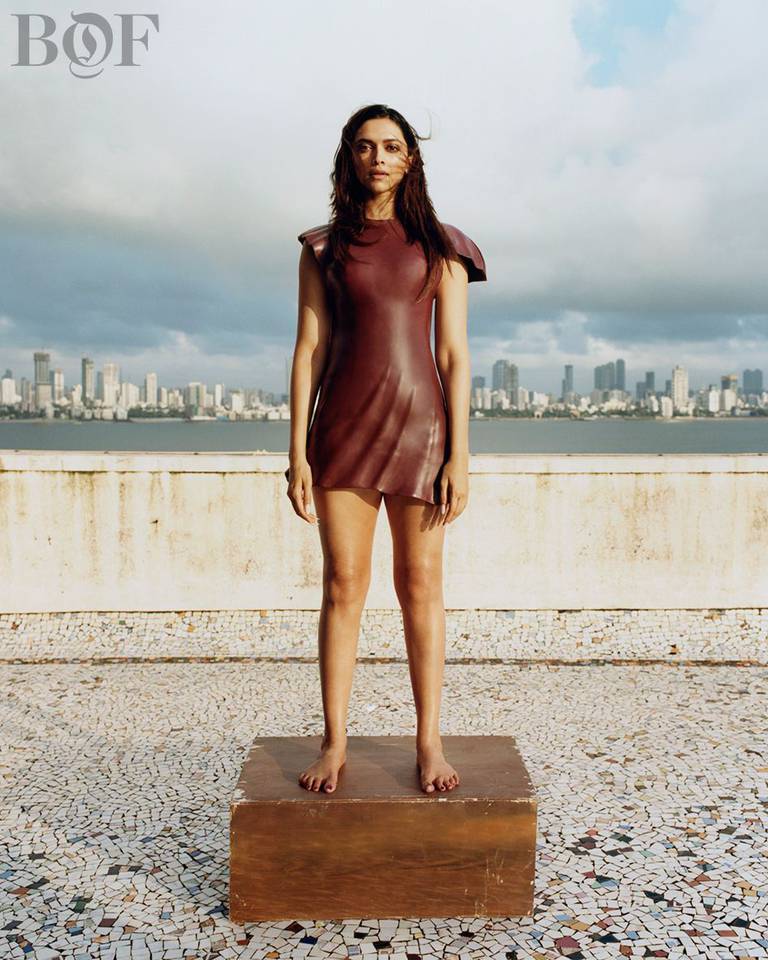
It was her background as an athlete that prepared her for life and work in Mumbai, India’s most populous city. “[It’s] so much like New York in a way where everyone’s so aggressive. You have to be a certain way to be able to survive,” she says. “I don’t think I’d be the person [I am] today if I hadn’t been a professional athlete. That’s what made me think independently. I would travel [alone] by taxi. I was finishing shows late at night and most of my money would go in sort of commuting from one place to another.”
The photos and videos of Padukone from those days show a younger, more innocent version of the woman smiling back at me from the screen now — but she was always determined to chart her own path.
“In my time, what someone would have done to become a Bollywood actor would have been to take part in Miss India and win the crown,” she says. “And I said to myself even back then that I’m not going to do anything the way anyone has typically done [it]. Somewhere I knew that when I became a model, that movies would happen to me. I just knew it.”
Her breakout film was the family drama Om Shanti Om when she was cast opposite Bollywood superstar Shah Rukh Khan — something akin to starring alongside Tom Cruise for your first film out of the blocks — but Padukone had no acting experience at all.
“What you see first is the beauty,” says the film critic Anupama Chopra. “Om Shanti Om was a massive success. But honestly, when I saw it as a critic, I wasn’t blown away by the performance. It wasn’t until Cocktail a few years later where I was like, wow, there’s something really going on here.”
“I’m self-taught as an actor,” Padukone confesses. “I went to acting school for three months, but I don’t think you can learn acting in three months. Everything that I’m able to do today as an actor … is all self-taught. I’ve learnt on the go.”
From starring in Cocktail to playing leading roles in epic films like Padmaavat and Bajirao Mastani, directed by legendary director Sanjay Leela Bhansali, and taking risks with the modern drama Gehraiyaan which released on Amazon Prime in February, Padukone has shown an unusual versatility and range in a career that is still only fifteen years young.
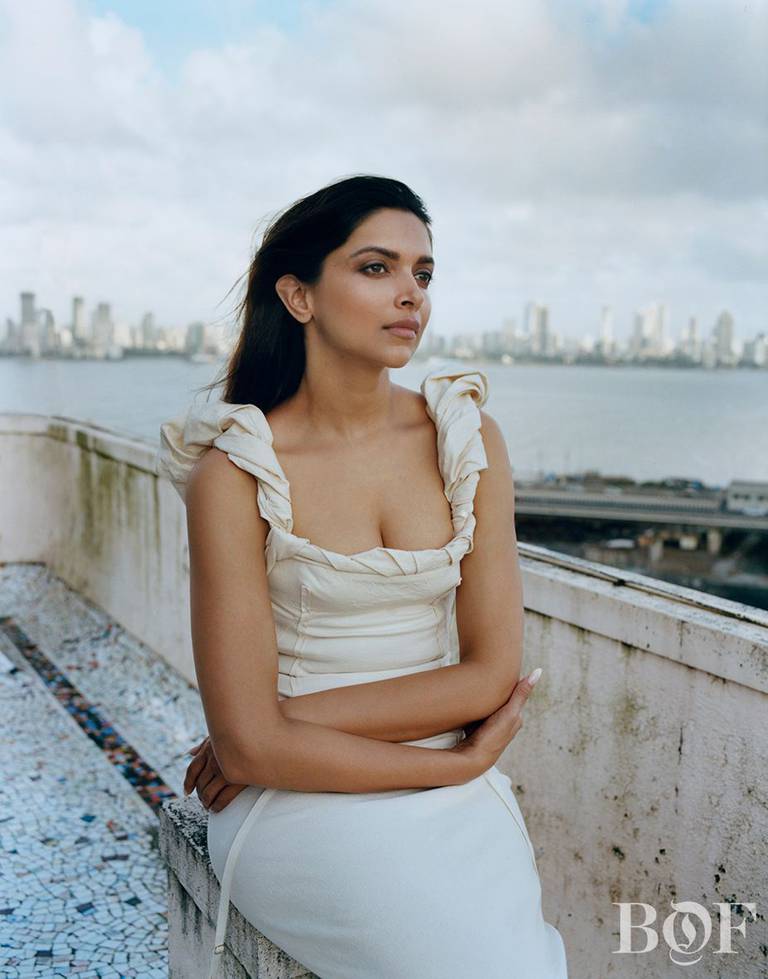
Now, she is one of Bollywood’s most consistently bankable superstars. Her more than 30 films have generated almost $350 million in global box office revenues, according to IMDBPro, and that’s not including her turn in “xXx: Return of Xander Cage” alongside Vin Diesel, which itself raked in almost $350 million globally.
“Cinema is a religion. The cues on how to dress, how to speak, how to romance, come from the movies,” adds Chopra. “When you go to a birthday party, when you go to a nightclub, when you go anywhere, the songs that are playing are Hindi film music. There’s an element of worship that’s actually built in. It’s a very reverential relationship [in India] which does not exist in the West.”
No wonder more than a few of the 150 million people who follow her on social media, seem to see Padukone as something akin to a living goddess.
This extends to her diaspora fans too. “The main way NRIs (Non-Resident Indians) connect with home is through food and films,” says Charithra Chandran, one of the stars of Netflix’s “Bridgerton” who is South Asian and grew up in England. “Watching regional cinema and Bollywood movies is what we share with people in India. In that sense, Deepika feels like a bit of a bridge for me. I’m sitting in my flat in London watching ‘Ghoomar’ on repeat on YouTube and so are my cousins in Coimbatore.”
Even the soundtracks can bring people together on a scale that is hard for other film industries to replicate. The hit song from Padukone’s hit film Padmaavat has clocked more than 500 million views on YouTube.
The Indian Fashion Customer
There has long been a close connection between Indian fashion brands and Bollywood stars, who can help drive sales of clothing and jewellery, especially for the lucrative Indian wedding market, worth more than $50 billion a year, according to KPMG.
Padukone’s husband, Ranveer Singh, a massive star in his own right with a larger than life personality that has captivated Indian film fans with his magnetism and energy, has appeared in a number of films together with her. When they were married in an extremely private Hindu ceremony in Lake Como, Italy in 2018, it still broke the Indian internet by uniting her global reach with his more than 70 million followers.
The designer Sabyasachi Mukherjee dressed the couple in a series of traditional outfits which were broadcast, analysed and subsequently imitated by South Asian brides and grooms everywhere.
But beyond weddings and formal clothing, India will soon be the third largest apparel and footwear market in the world, after the United States and China, surpassing the UK and Germany. By 2025, it is predicted to be worth more than $83 billion, growing at a compound annual growth rate of 10.2 percent, according to data from Euromonitor.
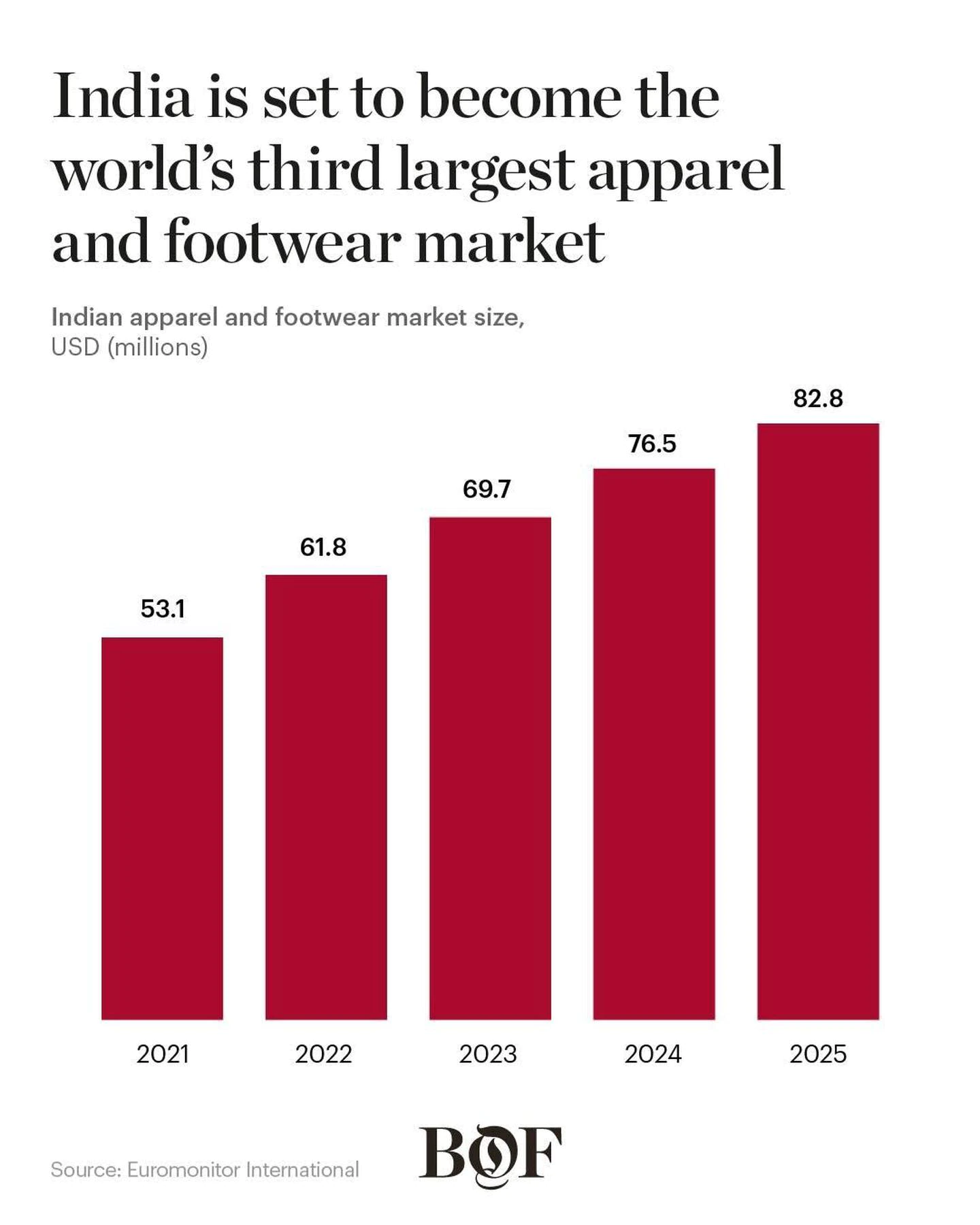
More than 90 percent of this market is “non-luxury,” which makes it clear why mass brands like Levi’s and Adidas are keen for an endorsement from Padukone. What might be less obvious is why luxury brands like Louis Vuitton and Cartier are signing Padukone on too.
There are now more than 140 US-dollar billionaires and almost 800,000 millionaires in India, a number that is expected to more than double by 2026, according to Credit Suisse. Among the top ten wealthiest people in the world, there are only two Asians, and both are from India. Infrastructure tycoon Gautam Adani and Mukesh Ambani, who runs India’s largest public company Reliance Industries, jostle for position in Forbes’ ranking alongside Jeff Bezos and Bill Gates.
Then there is the market opportunity represented by the Indian diaspora, the largest and fastest growing diaspora in the world. During the days of the British Empire, well-off Indians studied at elite English colleges while poorer Indians were often shipped around the world as labourers under the brutal colonial system. Their descendants eventually built successful mercantile communities and prioritised education, and are now amassing power, influence and wealth from Silicon Valley and the City of London to the power corridors of Dubai, Singapore and Lagos.
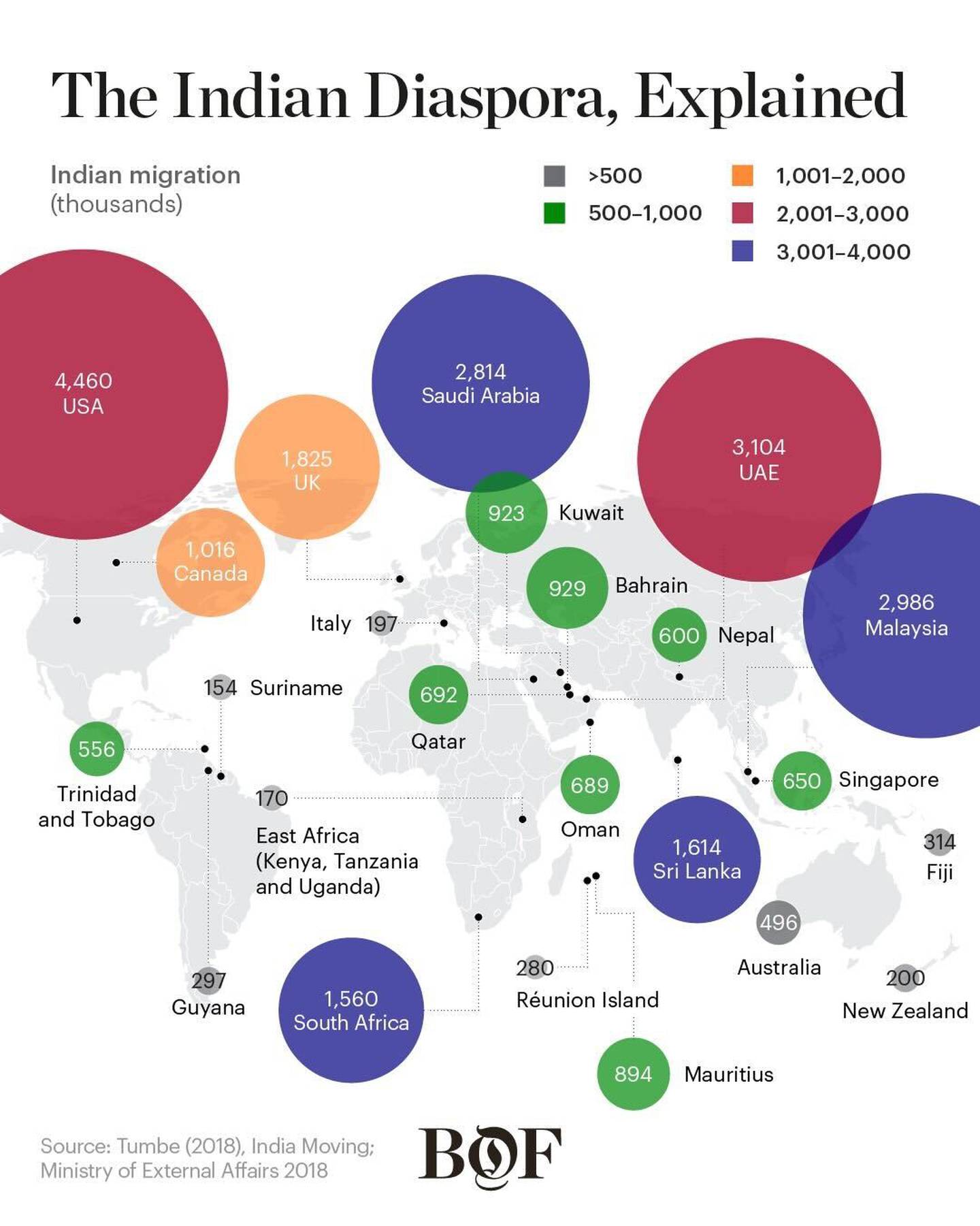
Among this group are the vice-president of the United States, Kamala Harris, the global chief executive officers of Google, Microsoft, Adobe, Novartis, IBM and most recently, Chanel, which appointed former Unilever executive Leena Nair as its new CEO last December. All told, 60 companies in the Fortune 500 are helmed by chief executives who are either from India or are of Indian descent. Together, this diaspora living outside India has an estimated $1 trillion in combined wealth, according to Datamonitor.
Bursting with National Pride
Despite her global ambitions, Padukone has chosen to remain in India as her career has taken off. “India has so much to offer. Even as a little girl, I always wondered ‘why do I have to be somewhere else? Why can’t I be here and still be as successful or still be able to make a difference?’”
And as Padukone has herself experienced, Indians still run into challenges of being stereotyped — especially in Hollywood. “You are the scientist. You are the computer geek. You are the taxi driver. You are the therapist. You are the owner of a convenience store,” she says. “I’ve had my fans ask me why I’ve not done more [global] movies. But that’s not what I’m settling for, because I am — and we are — so much more than that.”
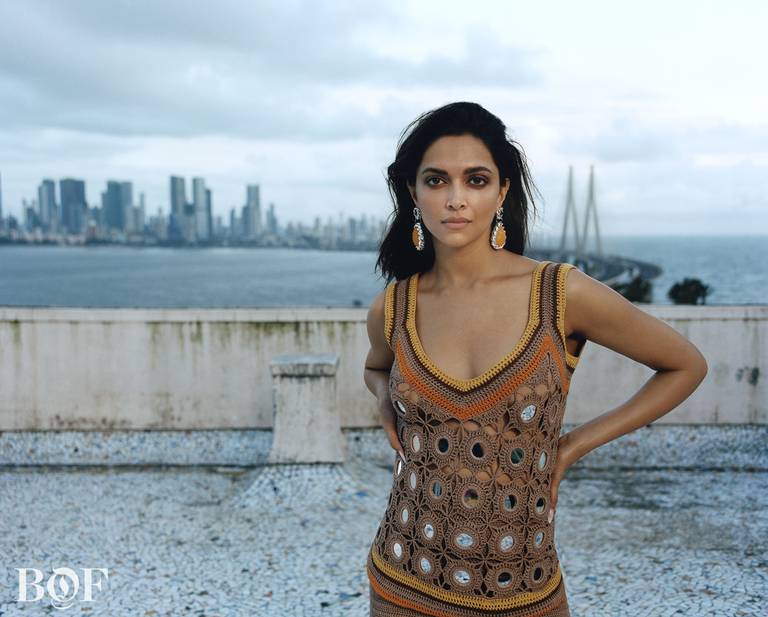
Like the Chinese before them, Indians are bursting with national and cultural pride — something that many prominent global Indians contacted for this article mentioned immediately when asked about the significance of the ambassadorships which are putting Padukone on the global stage.
“I was in L.A. in August and I saw a massive hoarding on Sunset Boulevard with Deepika for Louis Vuitton,” recalls Chopra. “And I was like, ‘oh, my God.’ I just have such a sense of pride, which is ridiculous. I’m a film critic. I’m supposed to hold in my emotions a little more, but I just felt it was so great to see this.”
“These brand ambassadors — the billboards they’re on, the magazines they’re in — set the beauty standard,” adds Chandran. “To see a brown woman work with such iconic brands and have so much exposure makes young brown people to be seen and feel beautiful and glamorous in our brown skin.”
But sometimes Padukone finds herself in spaces where she is an unknown quantity and knowledge of India is scant. There can be some awkward encounters too. “It would upset me every time I went to the US,” she says. “Some of the things that are said and some of the things that are done just [make it] so obvious that people don’t know the world outside of the world that they live in.”
“India has so much to offer. Even as a little girl, I always wondered. Why do I have to be somewhere else? Why can’t I be here and still be as successful or still be able to make a difference?”
“I know this actor … I met him at this Vanity Fair party, and he said ‘Hey by the way, you speak English really well,’” she recalls. “I didn’t even realise what that meant. And when I came back I said, ‘What do you mean you speak English really well?’ Did he have this notion that we don’t speak English?”
In fact, English is spoken by more than 125 million people in India, making it the country with the second highest number of English speakers in the world, after the United States — and making English the second most spoken language in India, after Hindi.
So what do international fashion brands need to understand about India? According to Padukone, a more nuanced and informed approach, for one.
“It’s extremely diverse. It’s not one India. It’s many Indias. And as Indians, we’re also extremely proud of our history, of our culture and of our heritage,” she says. “Centuries and centuries of knowledge. If you break that down into fashion — whether it’s colour, textiles, techniques, fabrics, all of these things — you need to understand all of this and find that sweet spot between who you are as a brand at the core, but also understand this new audience. The Indian consumer today cannot be taken for granted.”
“There was a time when you could come into this country and just sell whatever you wanted, and we’d buy it or believe in your ideas. But today we have an identity of our own, and we’re extremely proud of all of our home-grown brands.”
“There was a time when you could come into this country and just sell whatever you wanted, and we’d buy it or believe in your ideas. But I think today we have an identity of our own, and we’re extremely proud of all of our home-grown brands,” she adds. “Find that balance between being authentic to who you are, but also embrace, in the truest sense, who we are as a country. And not because it’s a tick in the box.”
The Importance of Self-Care
That Padukone has succeeded as a complete outsider in Bollywood, an industry known for its family dynasties, is a testament to her talent and drive — but also her resilience.
“Of course, the hustle is much harder. You’ve got to wait much longer for the right opportunities. And when I look at my journey, it’s not just the professional side of things. It was also the personal side of things like leaving my family behind, which is a huge life decision. I didn’t realise the magnitude of that decision when I was 16, but I think about it today,” she says.
But just when Padukone’s career had reached new heights and she had won a slew of industry awards, Padukone started struggling with her mental health. She first discussed this publicly in 2015 in a bombshell television interview with respected journalist Barkha Dutt.
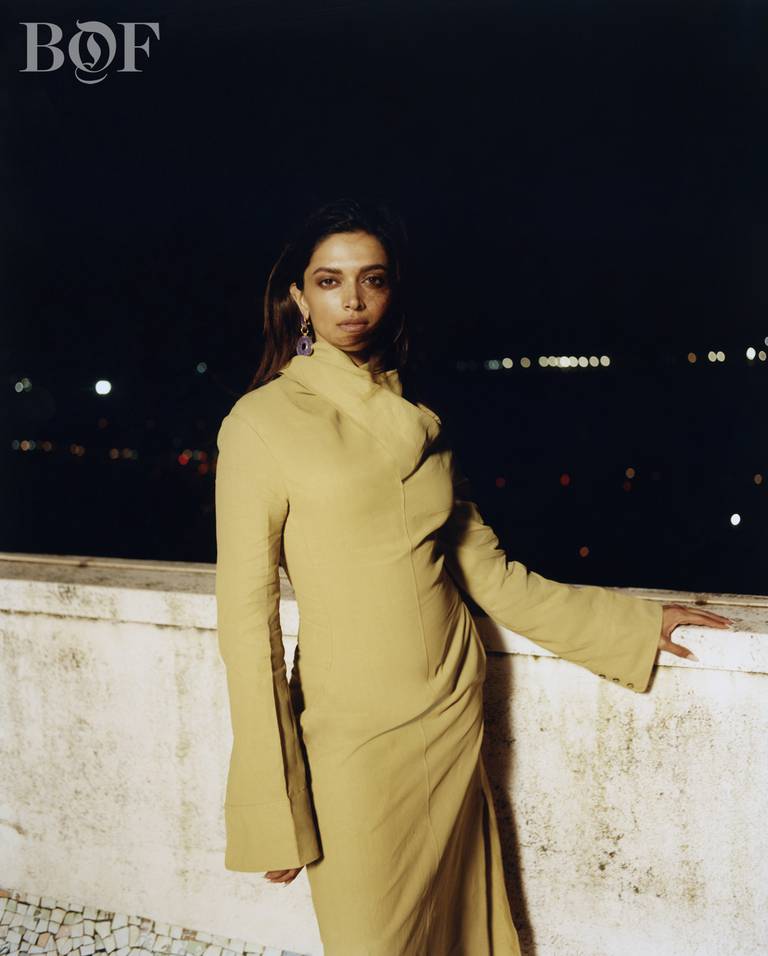
“It just began with this out-of-nowhere, hollow, directionless empty feeling. Like imagine being absolutely okay but waking up one morning and just feeling like, ‘Why? Why do I exist?’” she tells me. “It’s like feeling numb. You can’t feel your body. And nothing around you makes sense. You don’t want to eat. You don’t want to engage with people. You don’t want to exist. I just felt like if I slept, I could just run away from all of this. I didn’t have to deal with it. And this went on and went on and went on.”
“There’s so much stigma and there’s this taboo around speaking about it or seeking help. That’s exactly how we dealt with it in 2014. We flew the psychiatrist down from Bangalore to come and see me in my home because we didn’t want to be seen entering clinics,” she says. “Why? If I had a fever or if I was really unwell and a doctor said, you need to get an MRI done, I wouldn’t think twice about being seen at a hospital. So why are we treating this differently?”
After Padukone opened up about her illness, it paved the way for conversations about mental health across India — and beyond.
“I really appreciate how she has used her platform to talk openly about mental health and her experiences with anxiety and depression — which I also personally relate to — reducing the stigma for that many more people and encouraging them to ask for help if they need it,” says Versha Sharma, editor-in-chief of Teen Vogue. “It’s so powerful to see someone as famous as Deepika talk openly about it.”
Now, Padukone is using her personal experience to spread the message of self-care more widely.
She set up TheLiveLoveLaugh Foundation “to give hope to every person experiencing stress, anxiety and depression” — an estimated 56 million Indians each year — and to ensure no life is lost due to mental illness. Padukone is working on a yet-to-be launched self-care brand that will make its debut in the next few months.
As our time together comes to a close, I ask the professional badminton player turned model turned actor turned Bollywood icon turned mental health advocate turned entrepreneur for her advice for young women — and men — who want to achieve their global dreams.
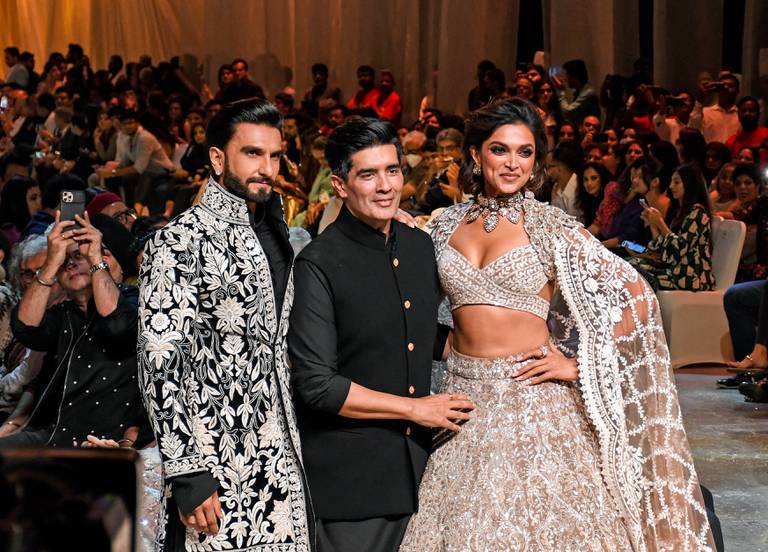
“Patience,” she says after a long, reflective pause. “I can say a whole bunch of things, right? Like, believe in yourself. Be authentic. I think it’s all of that, and I think everyone knows that. But I think the one thing that isn’t given enough importance to me is the power of patience. Everything is [about] instant gratification. But if there’s one thing that has worked for me it has been to be patient. And you’ve got to be consistent. So consistency and patience.”
Earlier this summer, Padukone found herself back on the runway where her journey started, but this time alongside her husband, Ranveer Singh, as the “showstoppers” to close Manish Malhotra’s fashion show for the Mijwan Welfare Society, whose mission is to empower rural citizens of India with the tools to catalyse change within their own communities.
Afterwards, Singh took to the microphone and ad-libbed a short tribute to his wife, who was decked out in an ivory lehenga with gold and silver embroidery, suddenly looking just a little bit like that shy and awkward teenager again, and slightly embarrassed by all the attention.
“Achieving things on a global stage that are unprecedented for an Indian artist,” he said. “You make your own path as you go. And, through all of your achievements, [you’re] really just living a life of purpose. I find that hugely inspiring,” he said.
He’s not the only one.
Deepika Padukone has been a member of the BoF 500 since 2019. Explore the BoF 500 community here.
Photographer: Ashish Shah
Fashion Director: Nikhil Mansata
Makeup Artist: Deepa Verma
Hair Stylist: Yianni Tsapatori
Fashion Stylist: Zoha Castelino
Fashion Assistant: Roshni Sukhlecha
Fashion Intern: Aashana Brahmbhatt
Photography Assistant: Anish Oommen
Production: Aditi Productions
Cover Art Director: Micha Weidmann Studio
Illustratrator: Marie Victoire de Bascher

